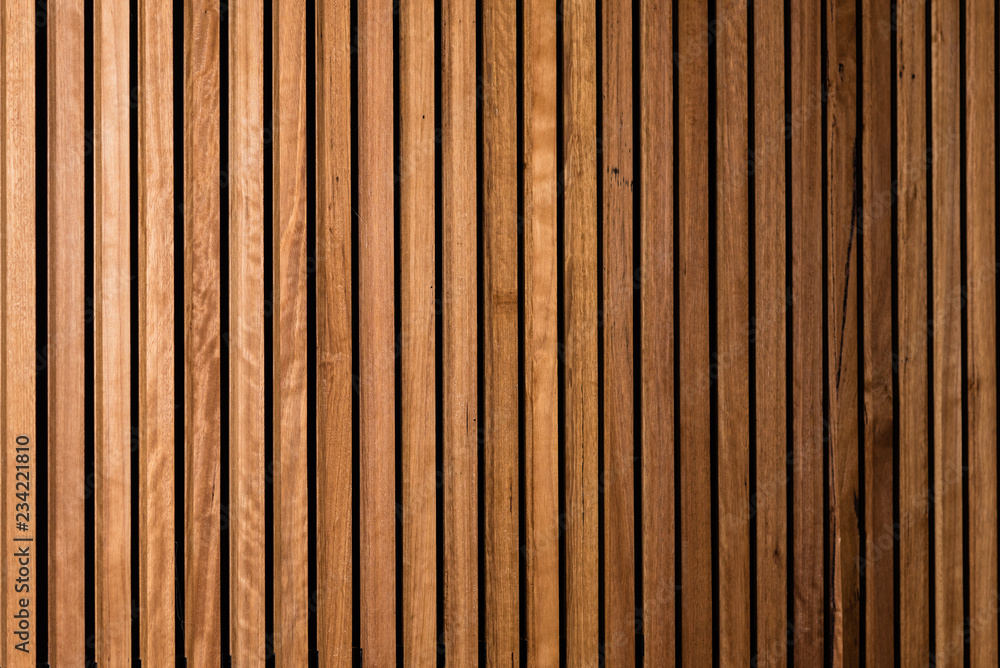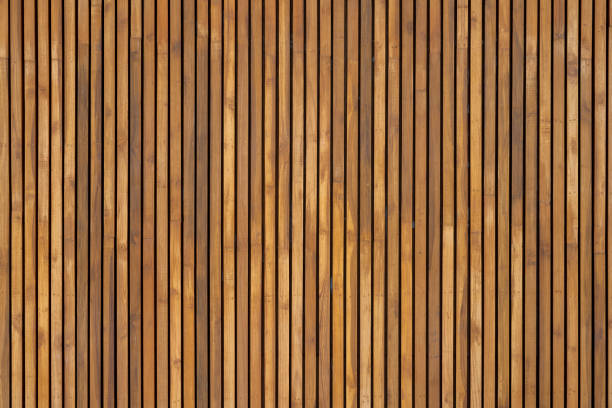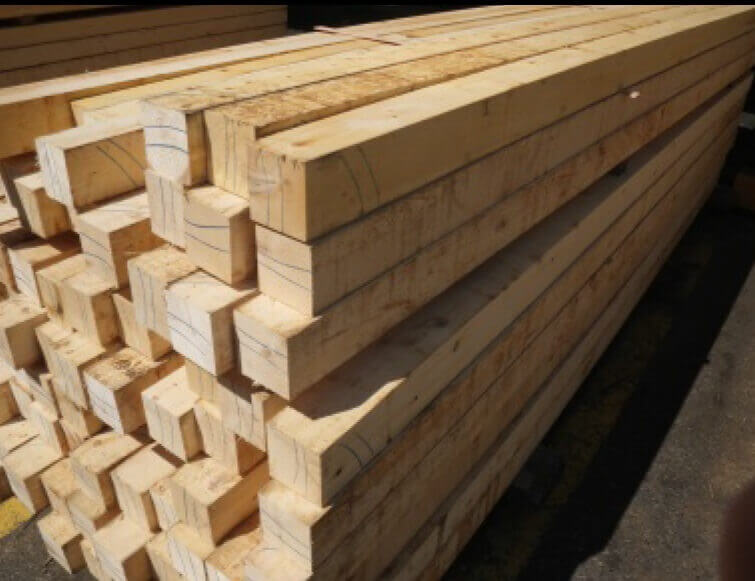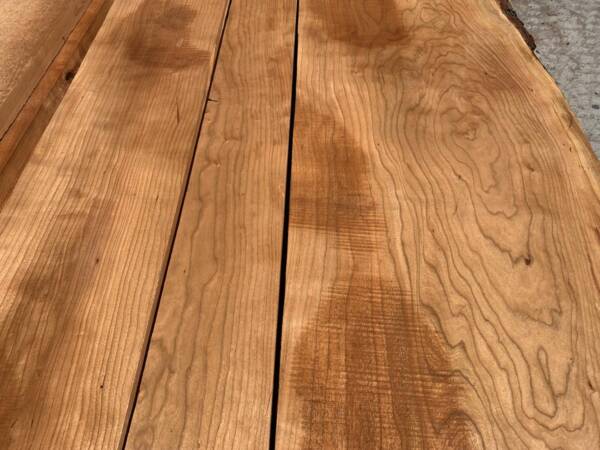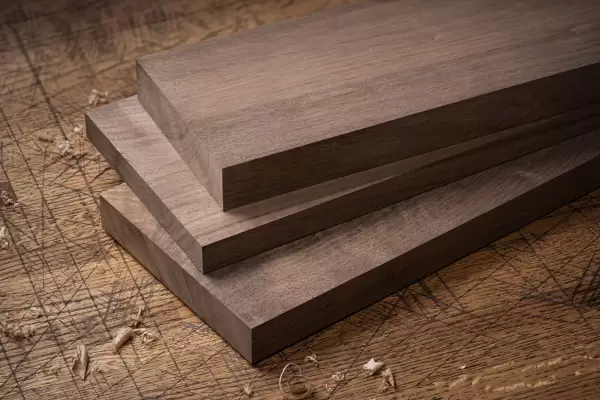Description
Here are some key points regarding paneling or timber walls:
- Types of Paneling:
- Solid Wood Paneling: This involves using solid wood boards to cover walls, showcasing the natural grain and texture of the wood.
- Veneer Paneling: Thin wood veneer sheets are applied to a substrate, such as plywood or MDF, to achieve the appearance of solid wood at a lower cost.
- Reclaimed Wood Paneling: Using recycled or reclaimed wood from old structures, giving a unique and weathered appearance.
- Interior Applications:
- Living Spaces: Timber walls are often used in living rooms, bedrooms, and other interior spaces to create a cozy and inviting atmosphere.
- Dining Areas: Wooden paneling can add warmth and character to dining rooms or breakfast nooks.
- Feature Walls: Timber paneling is frequently used to create focal points, known as feature walls, drawing attention to specific areas.
- Exterior Applications:
- Exterior Cladding: Timber is sometimes used as an exterior cladding material, providing both aesthetic appeal and protection for the building.
- Garden Walls: Wooden paneling can be applied to garden walls, enhancing outdoor spaces with a natural and organic feel.
- Styles and Finishes:
- Rustic: Rough-hewn or reclaimed wood can be used for a rustic, aged appearance.
- Modern: Clean lines and minimalistic designs can be achieved with sleek, smooth wood paneling.
- Painted: Some paneling is painted to match the overall color scheme of a room or to create a specific design aesthetic.
- Installation:
- Vertical or Horizontal: Wood panels can be installed vertically or horizontally, influencing the visual perception of the space.
- Tongue and Groove: This method involves fitting wooden panels together with a tongue on one edge and a groove on the other, creating a seamless and sturdy connection.
- Maintenance:
- Depending on the type of wood and finish, maintenance requirements may vary. Some finishes may require periodic reapplication, while others may be more resistant to wear.
- Benefits:
- Insulation: Wood provides some insulation, helping to regulate indoor temperatures.
- Aesthetic Appeal: Timber walls add a natural and timeless beauty to interior and exterior spaces.
- Versatility: Wood paneling is versatile and can be used in various design styles.
- Challenges:
- Cost: Depending on the type of wood and design, timber paneling can be more expensive than other wall covering options.
- Environmental Impact: Consideration should be given to the sustainability of the wood source to minimize environmental impact.
When considering timber walls or paneling, it’s essential to choose wood from sustainable sources and ensure proper installation to achieve both a visually appealing and environmentally responsible result.


